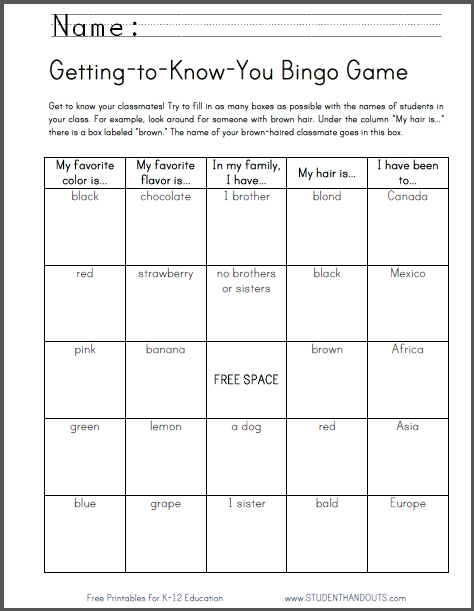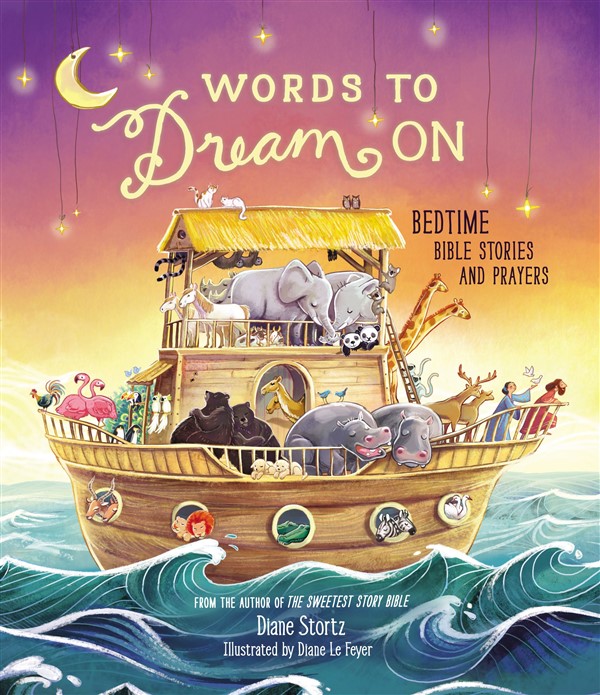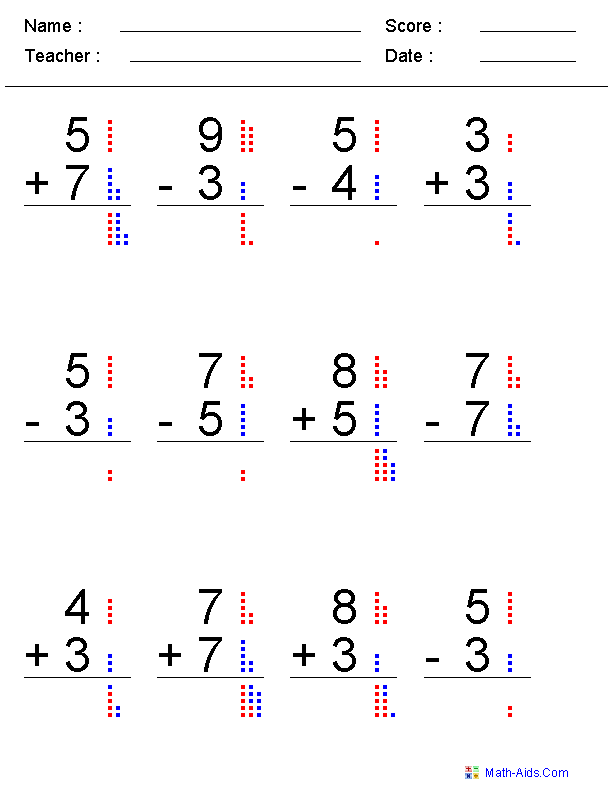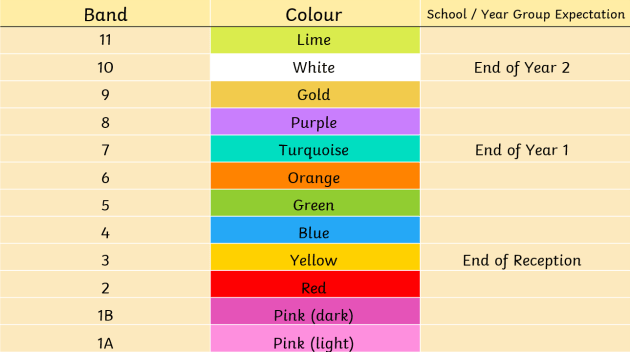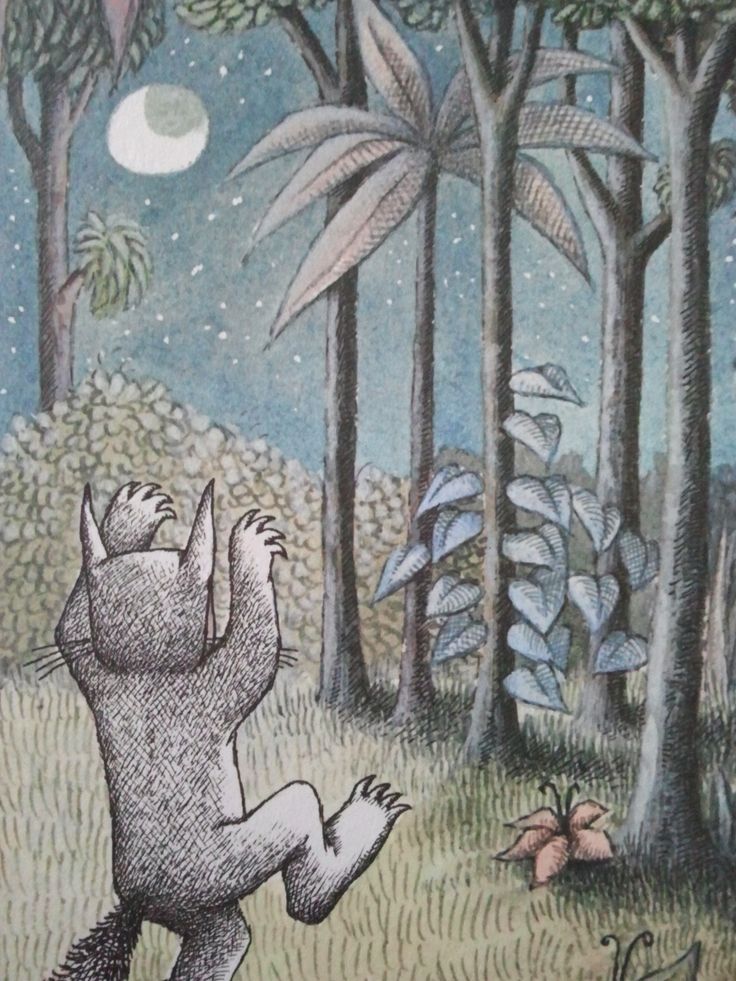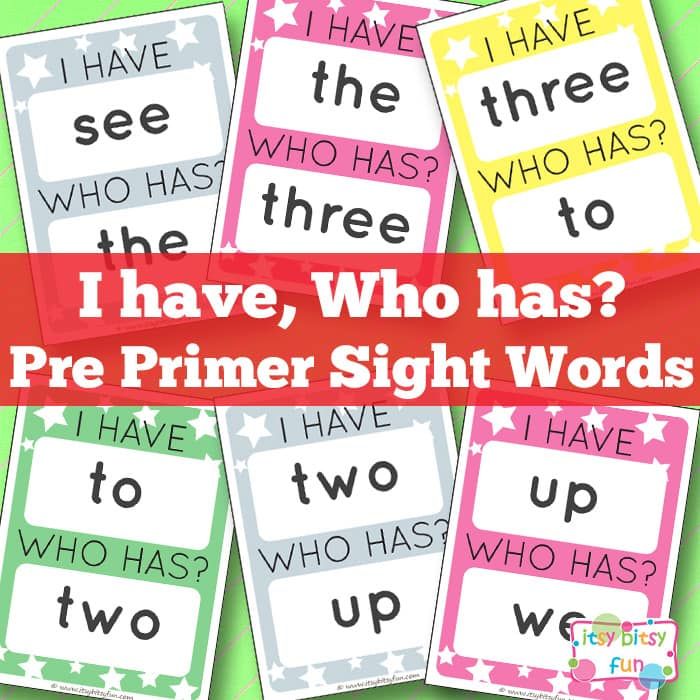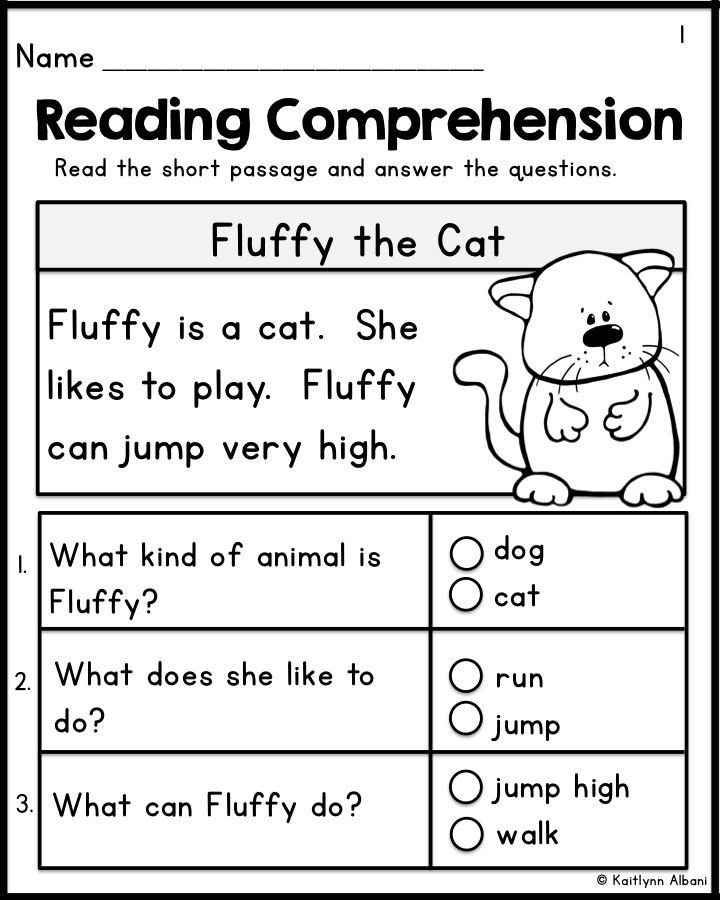Reading readiness programs
Home - Reading Readiness Centers
Skip to contentFacebook Instagram Linkedin Youtube
Search
WE BELIEVE IN
ACADEMIC GROWTH
OF YOUR CHILD
Open Enrollment
WE BELIEVE IN
DREAMS AND GOALS
OF YOUR CHILD
Open Enrollment
WE BELIEVE IN
CREATIVE IDEAS
OF YOUR CHILD
Open Enrollment
WE BUILD
SELF CONFIDENCE
OF YOUR CHILD
Open Enrollment
WE PROVIDE
LOVING CARE
TO EVERY CHILD
Open Enrollment
WE PROVIDE
HEALTHY ENVIRONS
TO YOUR CHILD
Open Enrollment
HELP CHILDREN
REACH NEW
HEIGHTS
Online Learning
WELCOME TO RRC!
We at Reading Readiness Center, LLC believe that every child has a right to an excellent education that provides the tools they will need to be productive, positive members of society. To accomplish this, we focus on building a community here in the classroom as well as on early literacy skills to help them become lifelong learners. Learn to read before starting kindergarten through phonetics curriculum program with daily activities in a group setting. The program is designed to help prepare children for kindergarten through reading and writing skills. It is a fun-filled enrichment program. We make sure each child feels safe, loved, and enjoys his/her early education experience. It is a drop-off program from 9:00 a.m. to-12:00 p.m.
OUR STEAM ACTIVITIES
Our STEAM activities increase critical thinking and problem-solving skills in children. Our projects carefully designed to ignite the curiosity innate to all students and encourage them to see their own abilities to innovate and solve problems in real time. During these activities, a high emphasis is placed on character development, sharing and respect.
WE BELIEVE IN
ACADEMIC GROWTH
OF YOUR CHILD
Open Enrollment
WE BELIEVE IN
DREAMS AND GOALS
OF YOUR CHILD
Open Enrollment
WE BELIEVE IN
CREATIVE IDEAS
OF YOUR CHILD
Open Enrollment
WE BUILD
SELF CONFIDENCE
OF YOUR CHILD
Open Enrollment
WE PROVIDE
LOVING CARE
TO EVERY CHILD
Open Enrollment
WE PROVIDE
HEALTHY ENVIRONS
TO YOUR CHILD
Open Enrollment
HELP CHILDREN IN
REACHING NEW
HEIGHTS
Online Learning
Events And Activities
HEALTHY & REFRESHING
Excitement Refreshment Enjoyment And Much More.

Check Our Discounts
ONLINE BOOK
STORE
Rules & Regulations
GRADUATION
POLICY
HEALTHY & REFRESHING
Fun & Learn
INTERACTIVE
WAYS OF
TEACHING
Own A Feel Good Franchise
READING READINESS
EDUCATION CENTER
Learning Made Easy
ONLINE
CLASSROOM
Caring
Safety Policy
CHILD SAFETY
COMES FIRST
About Us - Reading Readiness Centers
Skip to contentFacebook Instagram Linkedin Youtube
Search
Reading Readiness Center, LLC
Reading Readiness Center, LLC is an enrichment program designed to help prepare children for Kindergarten. We help children learn to read. Our goal is to help early learners reach their full potential. We want to reach as many children as possible and provide them an exceptional fun and leaning experience. We believe each child goes through different learning stages as they grow. So, we have created a unique learning tool to help each child individually. Our classes are interactive and engaging. Our Proprietary curriculum is fun and helps develop early literacy skills in children. We offer classes that are focused on children’s creative learning, development growth, social emotional needs and academic achievement. Our proven methodology helps grow children’s intelligence and capabilities. Through a variety of activities, we keep kids engaged, focused and motivated. So, they can play, learn and grow!
We help children learn to read. Our goal is to help early learners reach their full potential. We want to reach as many children as possible and provide them an exceptional fun and leaning experience. We believe each child goes through different learning stages as they grow. So, we have created a unique learning tool to help each child individually. Our classes are interactive and engaging. Our Proprietary curriculum is fun and helps develop early literacy skills in children. We offer classes that are focused on children’s creative learning, development growth, social emotional needs and academic achievement. Our proven methodology helps grow children’s intelligence and capabilities. Through a variety of activities, we keep kids engaged, focused and motivated. So, they can play, learn and grow!
Graduation Policy
Safety Policy
Message From The Director
We want every child at Reading Readiness Center, LLC to have a wonderful experience with their Early Childhood Education.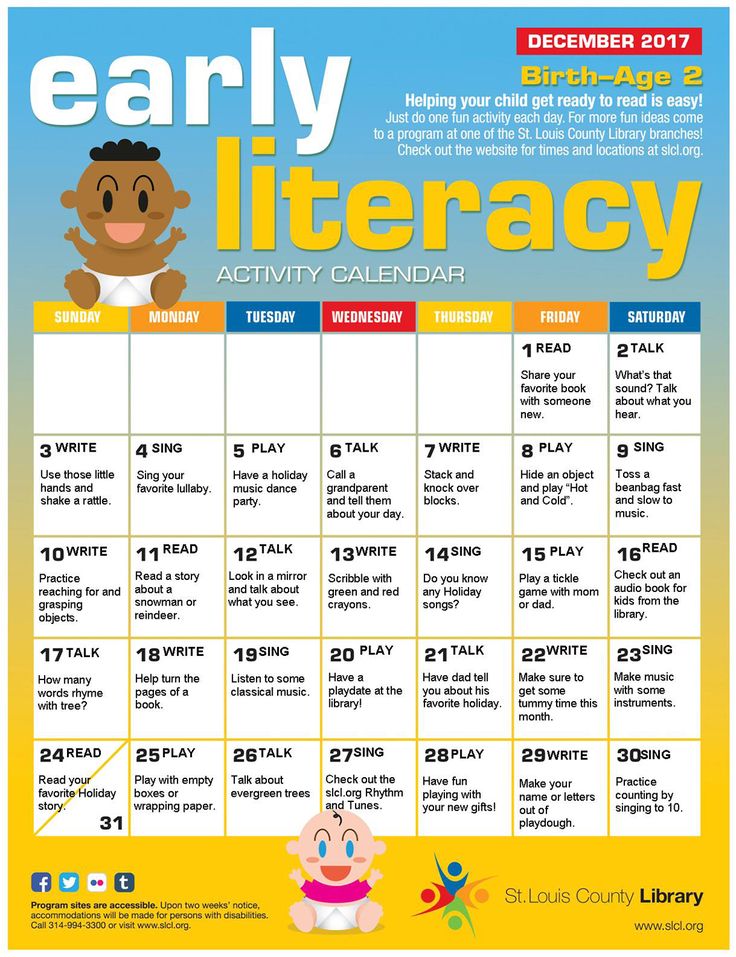 Every child must feel very Safe, Comfortable, and Happy. My personal belief is that no learning can take place until they feel all three. So, we welcome you to the Program with the promise to try our best to accomplish this, and academic success will follow.
Every child must feel very Safe, Comfortable, and Happy. My personal belief is that no learning can take place until they feel all three. So, we welcome you to the Program with the promise to try our best to accomplish this, and academic success will follow.
Nabila Imran
Director - Reading Readiness Center, LLC
COMPREHENSIVE CURRICULUM
- Individualized Attention: Working with kids individually to ensure their progress.
- Group Session: Small group settings to work as a team. Learn to share ideas and projects. Help built confidence.
- Interactive Class Activites: Help with worksheets and reading with an experienced teacher.
- Classwork: Learn by practicing writing skills from beginning to advance levels.
- Storytime: To encourage listening and participation.
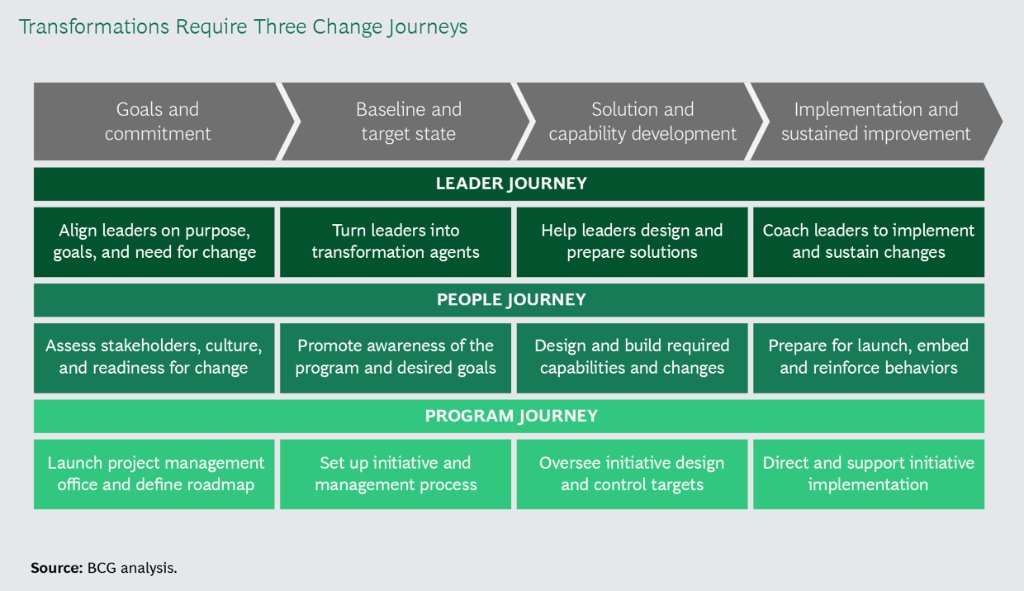
- Tests And Assessments: Teachers help assess kids’ progress and work towards their goals.
- Research-Based Curriculum: Step by step curriculum to motivate kids to accomplish higher levels.
- Artwork: To promote creativity and motor skills.
Interactive Class Activities
11 fun activities to prepare your child for reading
Try these activities to teach your child the four key components of successful reading: understanding syllables, understanding words and sentences, rhyming, phonemic awareness.
We have prepared for you a colorful poster with these exercises for printing (download links below, under the text)!
1. Collect the word (Understanding syllables).
Explain that syllables are parts of words.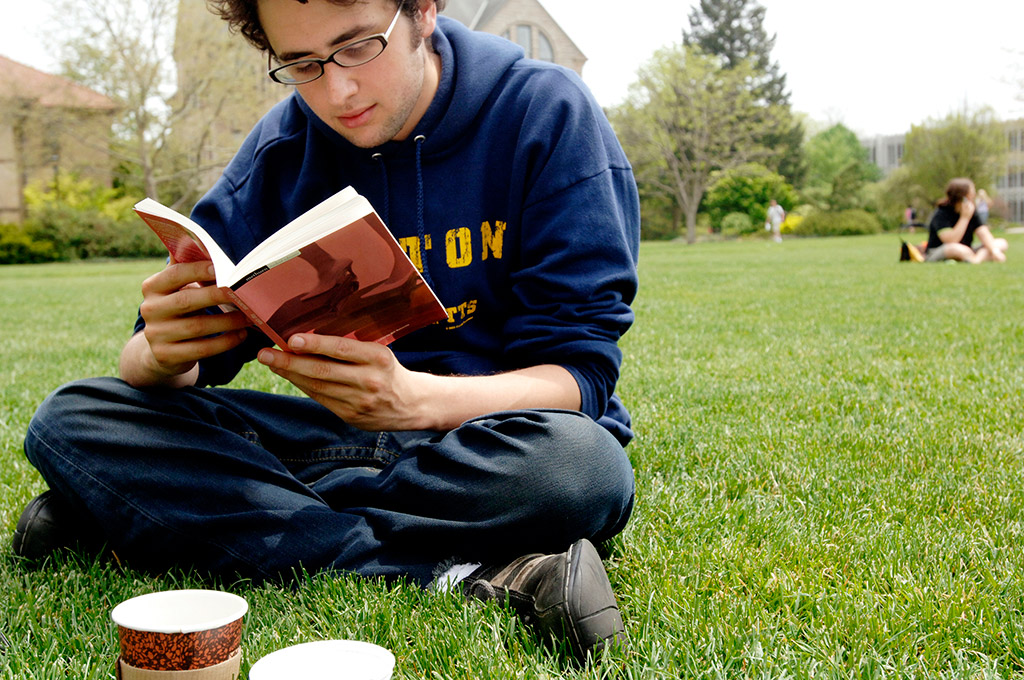 Demonstrate by saying the word and pushing one block in a row accentuating each syllable. Gather the cubes back into a pile before saying the next word. Instead of blocks, you can give the children small paper squares for a group activity. Prepare a list of words to practice. For example, you can practice words related to something your child is currently learning.
Demonstrate by saying the word and pushing one block in a row accentuating each syllable. Gather the cubes back into a pile before saying the next word. Instead of blocks, you can give the children small paper squares for a group activity. Prepare a list of words to practice. For example, you can practice words related to something your child is currently learning.
2. What's in the box (Understanding syllables).
Collect several items in a box or basket. Be sure to include items that differ from each other in the number of syllables in their name. Invite the child to close their eyes, choose an item from the box, and name it (for example, “This is a pencil”). All children must repeat the name of the chosen subject and clap their hands, emphasizing each syllable. Then ask the class to say in chorus how many syllables they heard.
3. I went to the store (Rhymes).
Have students sit in a circle and give them something to throw, such as a small ball or a pillow.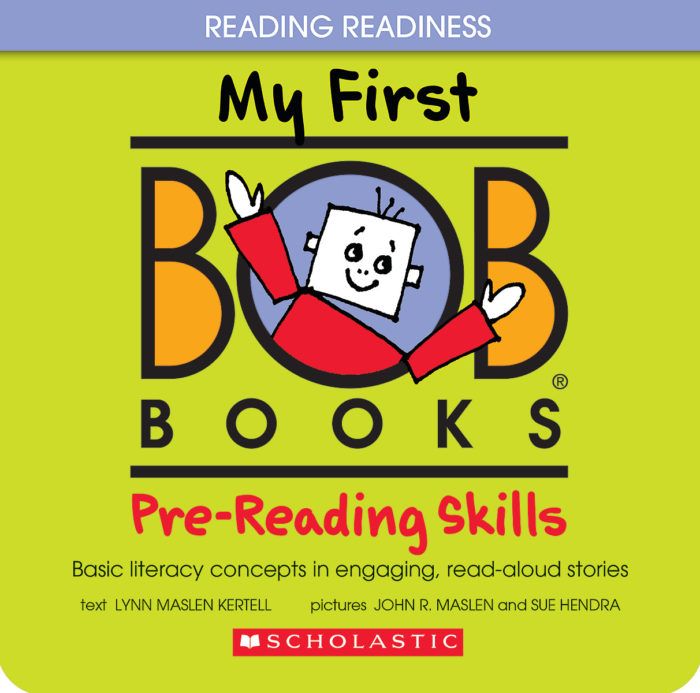 To start the game, say "I went to the store to buy meat", then toss the ball to the student. The student should repeat the phrase and add a rhyming word at the end, for example: “I went to the store to buy kvass (or a vase, lasso, blot, etc.)”. Then the student should throw the ball back to the teacher, who repeats the original phrase with a new word that needs to come up with a rhyme (for example, “I went to the store to buy cheese (or fat, kefir, figs”). Maintain a fast pace so that the children do not lose interest.
To start the game, say "I went to the store to buy meat", then toss the ball to the student. The student should repeat the phrase and add a rhyming word at the end, for example: “I went to the store to buy kvass (or a vase, lasso, blot, etc.)”. Then the student should throw the ball back to the teacher, who repeats the original phrase with a new word that needs to come up with a rhyme (for example, “I went to the store to buy cheese (or fat, kefir, figs”). Maintain a fast pace so that the children do not lose interest.
4. The ship is loaded ... (Rhymes).
Have the children sit in a circle and make sure you have something to throw, such as a ball or pillow. To start the game, say "The ship is loaded with cheese." Then throw the ball to one of the students. This student must come up with a rhyme (for example, “The ship is loaded with kefir”) and throw the ball back to you. After repeating the original phrase, throw the ball to another child. Continue the game in this way until the children run out of rhymes.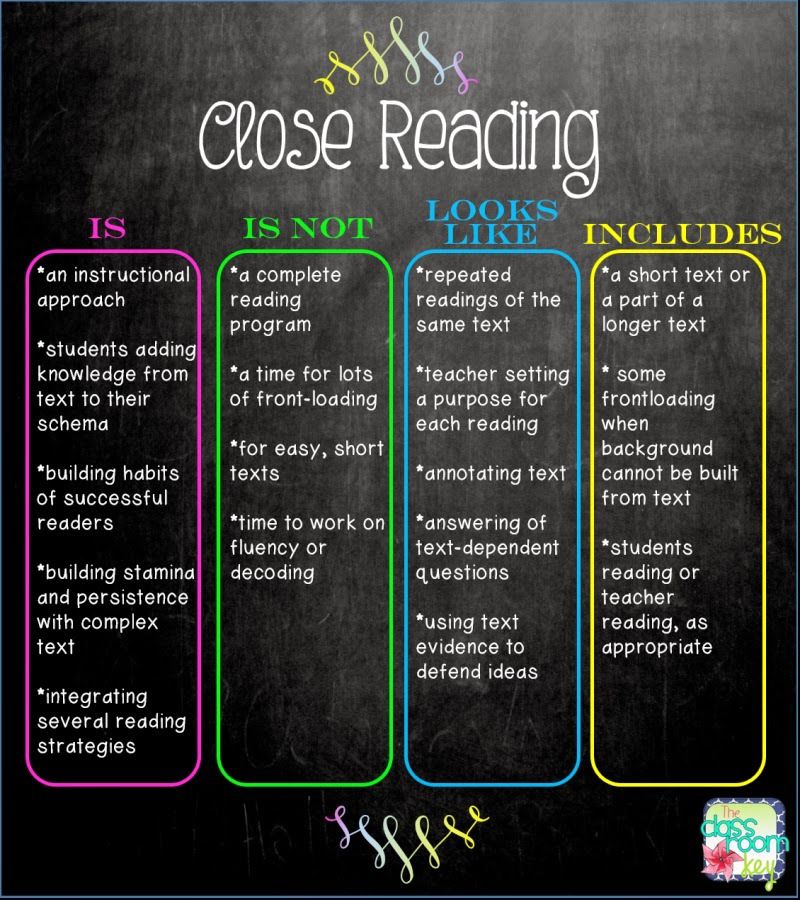 Then name another cargo on the ship and continue the game. Come up with new game situations to expand the list of possible rhymes.
Then name another cargo on the ship and continue the game. Come up with new game situations to expand the list of possible rhymes.
5. Listen to the words in a sentence (Understanding words and sentences).
Give each child six or seven bricks, Lego bricks, or construction paper squares that they will use to represent the words in the sentence you will make for them, one brick for each word. Brainstorm with the children by showing them how to repeat your sentences to themselves, word by word, with clear pauses between each sentence. Invite the children to arrange the blocks in order from left to right so that they begin to master the orientation. After they have laid out the blocks, have the students repeat your sentence, pointing to each block as they say the word it represents.
6. Name the animals (phonemic perception).
Use animal cards or photos cut from magazines. Give the students pictures and ask them to name the animals. Ask: “What sound do you hear at the beginning/end of this animal’s name?” This game can be expanded with more pictures on different topics and students can play it in pairs.
Ask: “What sound do you hear at the beginning/end of this animal’s name?” This game can be expanded with more pictures on different topics and students can play it in pairs.
"Thanks to advances in neuroscience and technology, not only do we now understand why experienced readers read well and others struggle with reading, but we can also help any reader on their journey from early language acquisition to reading and reading comprehension “It all happens in the brain!”
7.
 Guess who? (phonemic perception).
Guess who? (phonemic perception). Have the children sit in a circle and say, "Guess whose name I'm going to say now." Then choose one of the students and clearly pronounce only the initial phoneme of his name. For names that begin with a plosive consonant, such as Danya, the phoneme must be repeated over and over again, clearly and distinctly: “/d/ /d/ /d/ /d/ /d/”. Fricative consonants should be stretched and repeated (for example, “/s-s-s-s/ / s-s-s-s / /s-s-s-s/ /s-s-s-s /”). If several children's names start with the same phoneme, have the children guess all the possible options. This will show the children that each phoneme appears in many different words.
8. Simple words (Isolation and identification of phonemes).
Give yourself and each child three colored cubes. Begin by saying a two-letter word (such as "yes"), clearly separating it into parts: "y ... a." Ask the children to repeat what you said. Then all children have to represent the word with two blocks of different colors to show that it consists of two sounds.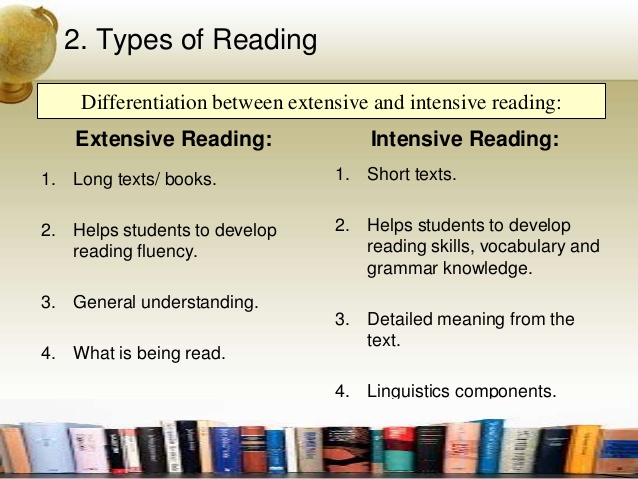 Further explain that words can consist of more than two sounds. To demonstrate this, say the word “gift,” “d...a...r,” and have the children repeat the word in unison. To represent the third phoneme, place a new block to the right of the other two blocks, saying the entire word, phoneme by phoneme, pointing to each block in turn from left to right.
Further explain that words can consist of more than two sounds. To demonstrate this, say the word “gift,” “d...a...r,” and have the children repeat the word in unison. To represent the third phoneme, place a new block to the right of the other two blocks, saying the entire word, phoneme by phoneme, pointing to each block in turn from left to right.
9. Funny words (Isolation and identification of phonemes).
Show the children the sound and ask them to substitute it for the sound at the beginning of their names or any other words. The teacher might say, “A funny sound is /b/. Change the first sound in your name to /b/”, for example, Masha will become Basha, and Stas will become Btas.
10. Conversation with the robot (phoneme fusion).
Pronounce the word, stretching it out, pausing about a second between each phoneme. Then ask students to repeat the whole word to you. For example, when a teacher says: “/h/.../e/.../r/... /n/. ../s/.../d/”, students respond: “Black!”
../s/.../d/”, students respond: “Black!”
11. Head-girdle-legs (Segmentation of phonemes).
This is a great activity to help students identify inner sounds. Say a three-sound word, such as "cheese." Students then stand up and touch their heads with the first sound (/s/), their belts with the second sound (/s/), and their toes with the last sound (/p/). Then touch your belt again and ask, "What sound is that?" Continue practicing sounds in positions that are difficult for students to identify on their own.
Does your child have a reading disability?
Thanks to the FAST FORWORD method, the child will catch up with the age norm in reading in just 20-40 hours of play-activities!
Learn more about the methodology and sign up for online trial classes, help your child overcome reading difficulties quickly and permanently!
LEARN MORE
You can print the 11 Fun Reading Activities for Kids poster in high resolution and display it in a prominent place in your home or daycare to follow these simple yet important guidelines were always in front of my eyes.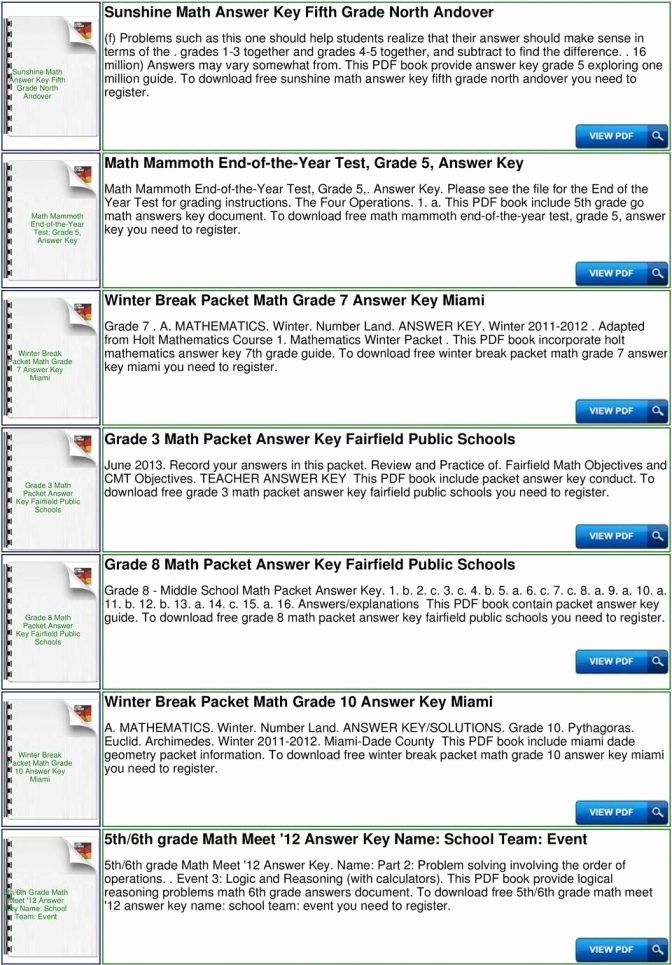
Click on the pictures below to download.
Useful material? Share with friends!
Reading training program for preschoolers, Teaching a child to read
For parents of preschoolers > Useful for parents
Bardova Lidia Georgievna
How good it is to be able to read!
Don’t pester your mother,
Don’t shake your grandmother:
“Read, please, read!”
Don't beg your sister:
"Well, read another page."
No need to call,
No need to wait,
Or you can take
And read!
Valentin Berestov
"Teaching a Child to Read" is an effective and affordable program for teaching preschoolers to read fluently and consciously
Problems in teaching young children to read.
Reading is an amazing means of understanding the world. We use this tool every day in a variety of situations. At any moment we can satisfy our curiosity by opening a book or turning on a computer. Over the long years of study, the process of reading has reached us to automatism. We read without difficulty, and sometimes it seems to us that there is nothing easier than reading.
Over the long years of study, the process of reading has reached us to automatism. We read without difficulty, and sometimes it seems to us that there is nothing easier than reading.
If a preschooler grows up in a family, then parents face the question: how to teach a child to read. In the old days, children were taught to read at school, but now, following some unwritten rule, the child must enter the 1st grade as a reader.
I must say that the parents themselves learned the basics of reading many years ago, and, of course, forgot how laborious and complex this process is. Therefore, many of them enthusiastically undertake to teach their child this “simple”, as they consider, process. And if the child is easily trained, then the parents cope with this work without problems.
However, many parents face great difficulties in teaching their children to read. This forces them to look for the necessary information on the Internet and on the bookshelves, where it is now, by the way, countless.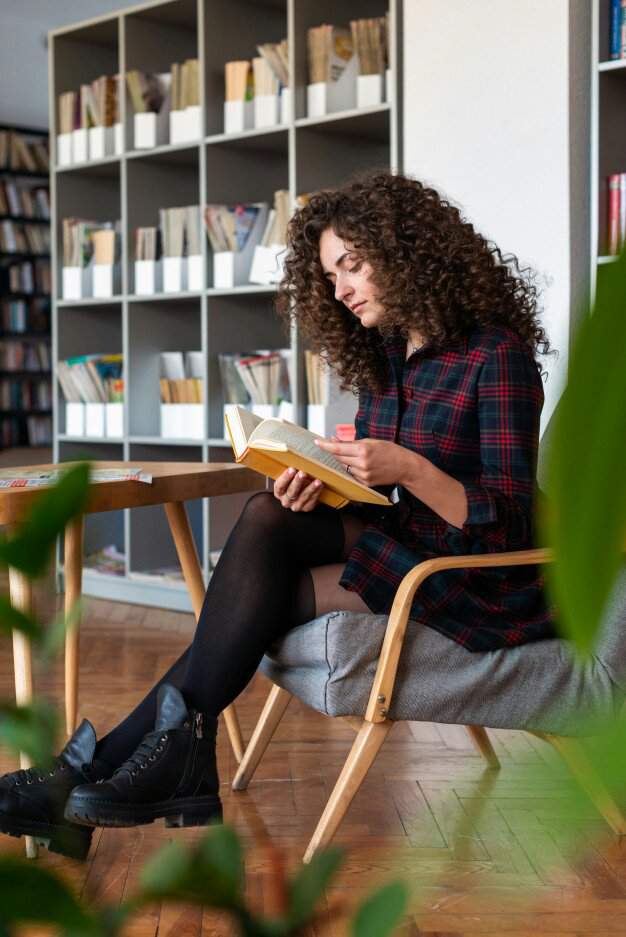 However, often this information is either difficult for home use, or very ineffective. Therefore, some parents, whose family budget allows this, resort to the help of tutors.
However, often this information is either difficult for home use, or very ineffective. Therefore, some parents, whose family budget allows this, resort to the help of tutors.
What about other parents? Who will teach their children to read?
It turns out that preschoolers have become hostages of this difficult situation.
An effective children's education program.
For parents who would like to help their child learn to read, this guide has been developed. When compiling it, the experience of the most successful primary school teachers, as well as tutors preparing children for school, was used. This program is based on the well-known rule: any hard work will become easy if:
- correctly divide it into parts, i.e. - dose correctly;
- and then arrange these parts in a strictly defined sequence.
In the proposed program, the sequence of studying letters and syllables differs significantly from the generally accepted traditional system at school.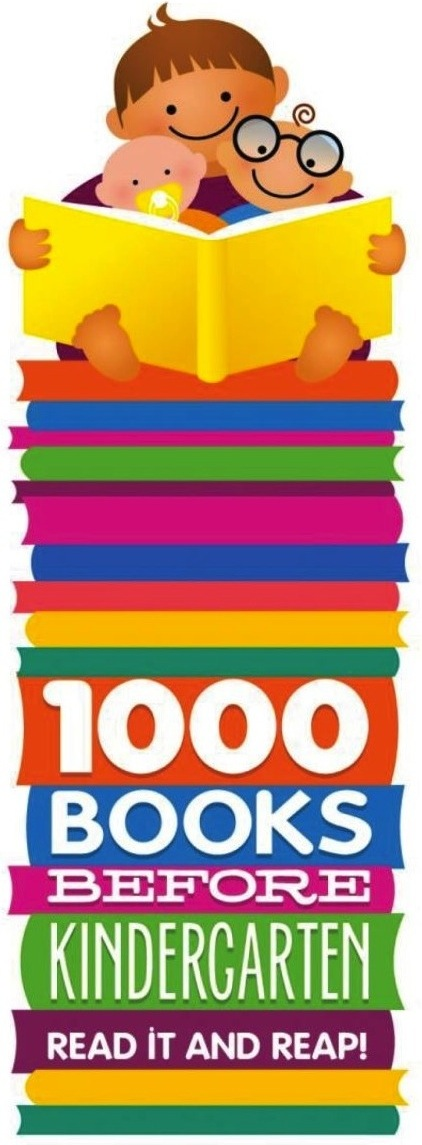 And the amount of material for each lesson is dosed, taking into account the fact that at this age the attention of children is extremely unstable. Therefore, you need to deal with a child for about 10-15 minutes a day.
And the amount of material for each lesson is dosed, taking into account the fact that at this age the attention of children is extremely unstable. Therefore, you need to deal with a child for about 10-15 minutes a day.
It is this sequence of each session and precisely this dosing of these activities that have become the main advantages of this program.
And one more of its advantages is that an adult does not have to have a pedagogical education to work under this program: it is enough for him to show a sample of reading and achieve its repetition.
Recommendations.
- Create and maintain a positive classroom environment. Show maximum patience, do not rush the child while reading, tell him at a critical moment. Never scold him, praise him with or without reason.
- Currently, various gadgets do nothing to awaken a child's interest in reading. Moreover, some children openly express a stubborn unwillingness to read. Given this circumstance, classes should be started in a mild form, without pressure and coercion, reaching agreement with the child, taking into account his desires, but at the same time showing some perseverance.
 And, due to the fact that these classes are short in time and small in volume, after a few days the child positively perceives the process of reading.
And, due to the fact that these classes are short in time and small in volume, after a few days the child positively perceives the process of reading. - Set yourself and your child up for daily activities (except weekends) , make them an obligatory item of the daily routine.
- Teachers and psychologists argue that each child has his own pace of learning. That is why this program does not indicate the time frame for passing a particular lesson. But, to achieve good results, one very important rule should be observed: the next lesson should be only when the syllables and words of the previous the child reads without errors and at a good pace. Throughout all classes, this is the most important rule. Strict observance of it leads to the formation of one of the most important skills in a child - the skill of confident reading. And this is the foundation on which fluent reading is subsequently easily developed.
The word is up to adults.
The purpose of this program is to make it as easy as possible to teach reading, not only for children, but also for adults. It includes 28 lessons that clearly show how much work a small child has to do in order to learn to read. For example, one two-letter syllables will have to learn more than 150 options.
If parents decide to walk this path together with their child, they are worthy of the deepest respect and reverence. And as a reward for this work, parents will repeatedly experience feelings of joy for each success, as well as pride in themselves and in their child. And then all the difficulties that have to be overcome during this time are forgotten.
And one more important factor: such joint activities and success bring adults and children much closer.
Experience shows that love for a child, patience and regular practice necessarily lead to the fact that by the end of learning to read under this program, the vast majority of children read at the level of a student completing grade 1, and some even better . Surprisingly, this result is achieved with just 10-15 minutes of practice per day! Of course, such a result justifies any time spent on these classes.
Surprisingly, this result is achieved with just 10-15 minutes of practice per day! Of course, such a result justifies any time spent on these classes.
Teach your child to read easily and with joy!
Good luck to you and your child!
Classes for teaching reading to preschoolers
Content of the classes.
The number of syllables and words selected for each lesson is quite enough to learn to read, but this is subject to the rule mentioned above: the next lesson should be started only when the syllables and words of the previous lesson are read by the child error-free and confident.
Lesson 1.
First, learn 20 consonants. They should be pronounced briefly, abruptly, without overtones. You can't pronounce Be, We, Ge...
At first, we learn only capital letters together with the corresponding picture, then we read them without pictures.
B C D E F G K L M N
P R S T V W Y Z
Lesson 2 HA TSA CHA SHA SHA
Session 3.
We tell the child that a capital letter at the beginning of some words means that this word is someone's name.
MA-MA PA-PA PA-RA LA-PA BA-BA RA-NA
SHA WA-ZA LA-MA WA-TADA-CHA PA-NA-MA ZA-DA-CHA MA-SHA DA-SHA
SA-SHA TA-MA-RA NA-TA-SHA PA-SHA
Lesson 4.
BO VO DO ZHO ZO KO LO MO NO PO RO SO TO FO HO TSO CHO SHO
Lesson 5.
NO-SHA RO-ZA DO-MA WE-LO SA-MA RO-SHCHA
KO-ZHA RA-BO-TA RO-MA VO-WA SO-FA ZHO-RA
Lesson 6.
Bu wuh zhu zhu kuhu uuhu ahu ou ou ou ru
Su fuhu chu chu Shi shchi
Lesson 7.
Mu-ha lu-nu lou -ZHA RU-KA PU-MA
SU-SHA SHCHU-KA SHU-BA TU-CHA BU-MA-GA
RA-DU-GA KU-KU-RU-ZA
Lesson 8.
WOULD YOU GY DY ZY KY WE
NY PY RY SY YOU FY HY TSY
Occupation 9.
FISH-BA RO-ZY RA-WE SHAR-RY
MOUNTAINS GU-BY ZU-BY 0-09 KU-BY 0-09 -SY BU-SY KO-ZY BA-NA-NY
BA-RA-NY FOR-BO-RY BA-RA-BA-NY
Next, we begin to read syllables and words with the letters I, E, Yo, Yu, I. All these letters soften the consonant after which they stand. The letter b also softens the consonant, but it will be studied in lesson 26.
All these letters soften the consonant after which they stand. The letter b also softens the consonant, but it will be studied in lesson 26.
Lesson 10.
0003
SI TI PHI HI QI CHI SHI SHI
Lesson 11.
This lesson may cause some difficulties, because soft and hard consonants will alternate in these words. Usually it requires 2-3, and possibly more sessions.
PI-LA PO-NI NO-GI RU-KI KI-NO KO-NI -LI-NA SU-HA-RI DO-MI-KI
MI-NU-TA MA-KA-RO-NY VI-TA-MI-NY
Lesson 12.
BE VE GE DE JE KE LE ME NE
PER SE TE FE HE CE CHE SHES
Lesson 13.
PO-LE SEA-RE SE-NO CA-CHE-LI CHU-DE-SA
PE-TOU-HI DE-TI GA-ZE-TA LE-NA LE-RA
GE-NA VE-RA WA-LE-RA
Lesson 14.
Hyo CHO SHE
Lesson 15.
BE-RECHE-CHE-KEE-Ma-Ma
SE-RE-RYO-I-MA-MA
Lesson 16.
BYA VYA GYA DYA KA LA MYA
NJA PYA RYA XA THA FYA HYA
Lesson 17.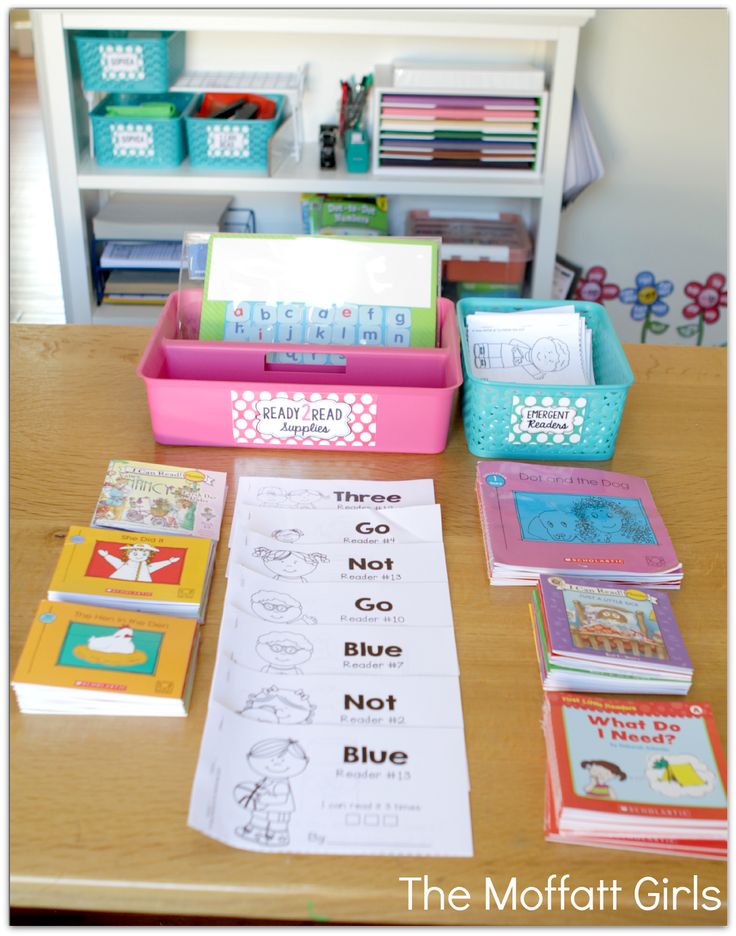 SIA KA-CHA FE-DIA NA-DIA MI-CHA SO-NYA VI-CHA
SIA KA-CHA FE-DIA NA-DIA MI-CHA SO-NYA VI-CHA
FE-NYA TO-LA PE-CHA GA-LA TO-NYA KO-LA
MA-RU-XIA
Lesson 18.
BYU VU GU DU ZU KYU
LU MU NYU NYU RYU SU TYU
Lesson 19.
LU-BA LYu-SIA KA-TYU-SHA 90-023
-SHAVA-LU-SHA I-LU-SHA YU-LA
Lesson 20.
In this lesson, you need to enter small letters a, b, e, e. and na-ny shu-ba ry-ba ra-bo-ta for-bo-ry
Lesson 21.
Show the child how to read three-letter words (at first, the vowel should be pulled a little, but only at the very first time) .
cancer house smoke rice whale juice forest poppy honey varnish soup son cheese mouth cat dog our beetle world shower hour noise chalk
Activity 22 air-spirit doc-tor far-tuk fan-tic bridge-tic log-nal shash-lyk lan-dysh rain-dick pocket
Occupation 23.
river rep-ka pal-ka stove set-ka half-ka weight-on vet-ka fork-ka sum-ka ban-ka kuk-la buk-wa man-ka met-ro barrel-ka mis-ka thread-ka shor-you brush-ka
skewers cup sushi hat
dance mouse cat
Lesson 24 -horn to-por da-tel tu-man
wind ve-cher sa-har ry-bak ka-tok ko-tik
Lesson 25.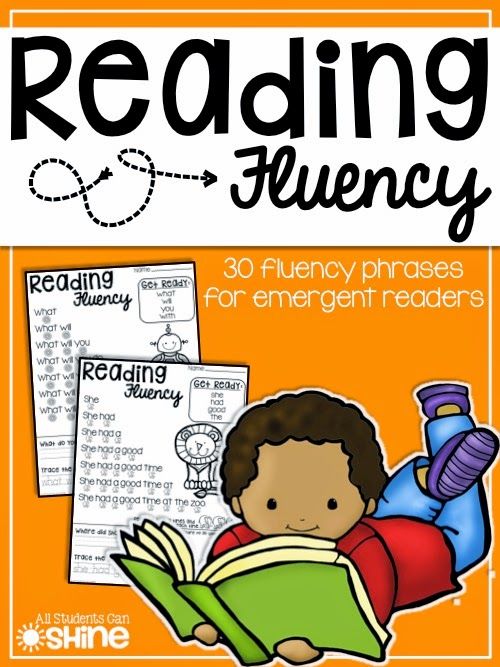
yu-la u-shi ut-ka az -bu-ka um-ni-tsa ig-ra ik-ra el-ka ar-booz A-li-na u-li-tsachai my may may-ka your tea-nick sa-rai zai-ka white ig -paradise kind Yu-la mu-ra-vey your own
Lesson 26.
salt dust shadow day king horse goose stump pain pain-but more money-gi pal-toes lie-reap ki -sel drinks pours drinks seven-family vyu-ga 9
Lesson 27 book school roof
Lesson 28.
la
At this stage, we finish the study of letters, as well as various variants of syllables and words with them. It remains to say that the letter Y is also a consonant letter, but, unlike other consonants, it does not form an independent two-letter syllable with vowels.
Large binding.
Reading skills can be consolidated through various aids. For example, in the books O. Perova " Primer-simulator" and Bakhtina "Primer" excellent material for these classes is collected. Classes still need to be held regularly, for about a month.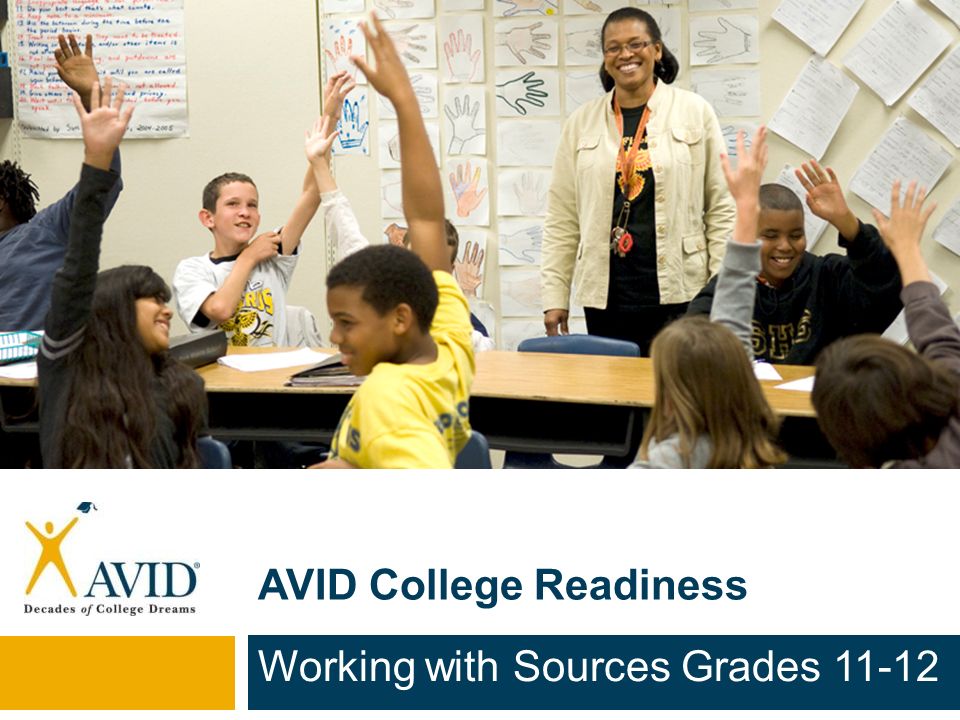 The material should be given in small volumes to avoid overworking the child. And remember: even 10-15-minute daily sessions give a very good result.
The material should be given in small volumes to avoid overworking the child. And remember: even 10-15-minute daily sessions give a very good result.
Reading fluency (step by step) .
- To work on reading fluency, short stories of 4-6 sentences are selected. Suitable material for this is, for example, in the “Primer” by N. S. Zhukova.
- We inform the child of the following goal: “You are well done, you read well. But you're growing up, and so today we're starting to learn to read like adults." The child reads the selected story, and we ask him 2-3 questions about the content of the story. "About what (or what) is written in this story? What is said about him (about them) ? Then we say: “Read the story again, but read a little faster.” We praise the child and ask to read the story again, but a little faster.
- As a result, the child read the story 3 times. Undoubtedly, the child himself will like the fact that he already manages to read some words in whole words.
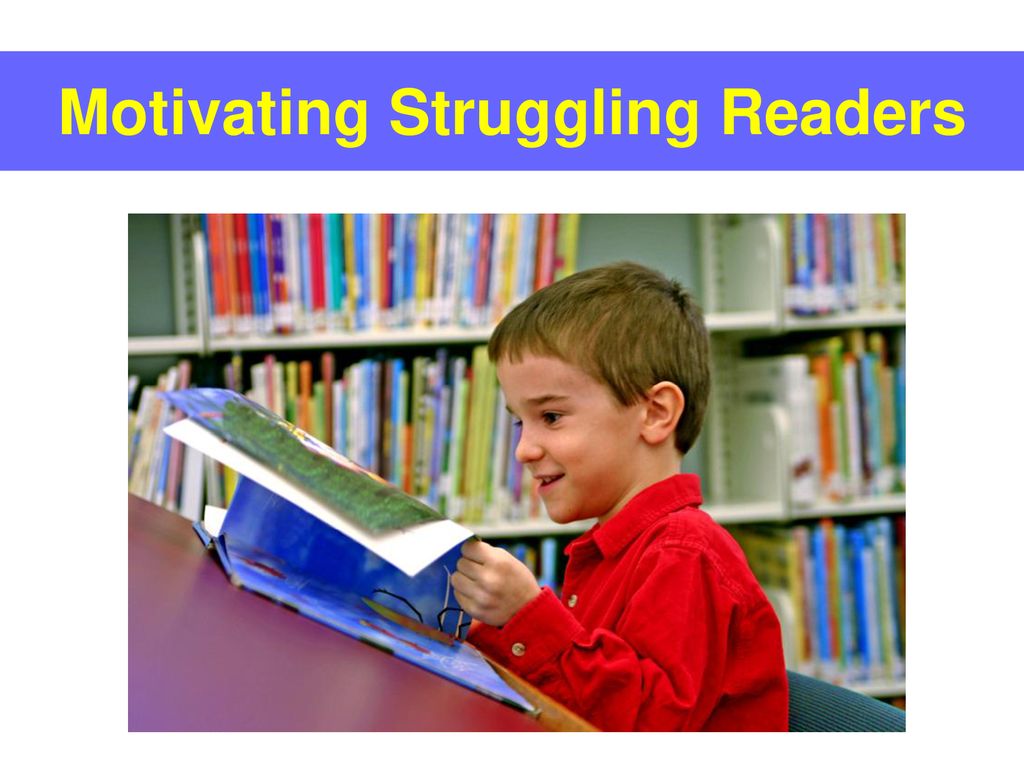 After this, the child must be praised and the lesson ends. At this stage, it is very important to observe the following rule: you cannot demand and, moreover, force a child to read in whole words. Over time, the transition from syllabic reading to reading whole words occurs naturally.
After this, the child must be praised and the lesson ends. At this stage, it is very important to observe the following rule: you cannot demand and, moreover, force a child to read in whole words. Over time, the transition from syllabic reading to reading whole words occurs naturally. - We start the next lesson by working on the story from the previous lesson. Remind the child that he read this story very well, almost like adults, in the last lesson and ask him to read it now just as well. After that, praise the child and do not work with this text in this lesson anymore, even if the child did not read it very quickly. Let's move on to the next story. We read it 3 times in the same way as in the previous lesson.
- The next lesson is again starting to work on the story from the previous lesson.
Reading children's books.
The purpose of these activities is to instill a love of reading .
Children's books should be colorful and with suitable type. During this period, you can read books without dividing words into syllables. And from time to time we remind the child that we try to read like adults because we grow up.
During this period, you can read books without dividing words into syllables. And from time to time we remind the child that we try to read like adults because we grow up.
There are many different techniques and ways to increase interest in reading. One of the most effective ways to achieve this goal is as follows: an adult reads the beginning of some interesting story aloud, (for example, children's stories by Nosov, Suteev and other authors are suitable for this) . Further, the adult, referring to being busy, suddenly stops, preferably at the most interesting place and complains that there will be no time to find out what happened next. If the child is sufficiently interested, then he independently continues reading.
Also, to develop interest in reading, you can offer children to read fascinating children's encyclopedias with short informative stories, and then ask the child to tell us what he learned interesting. There are a great many such encyclopedias on the market now, we choose them according to the age and preferences of the child.

